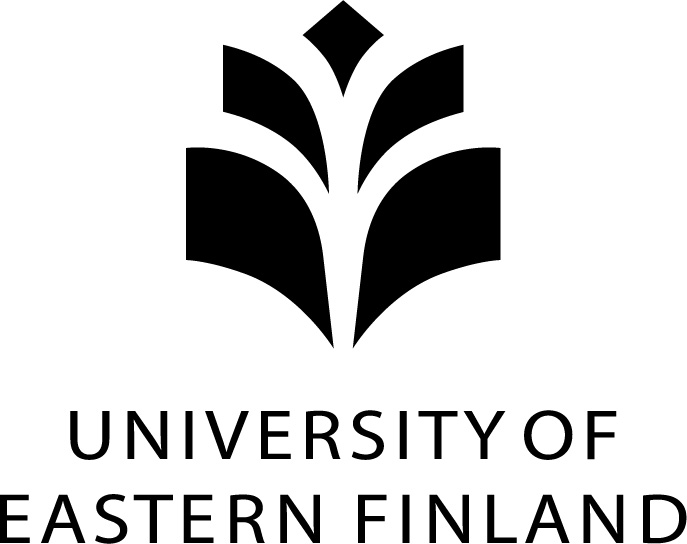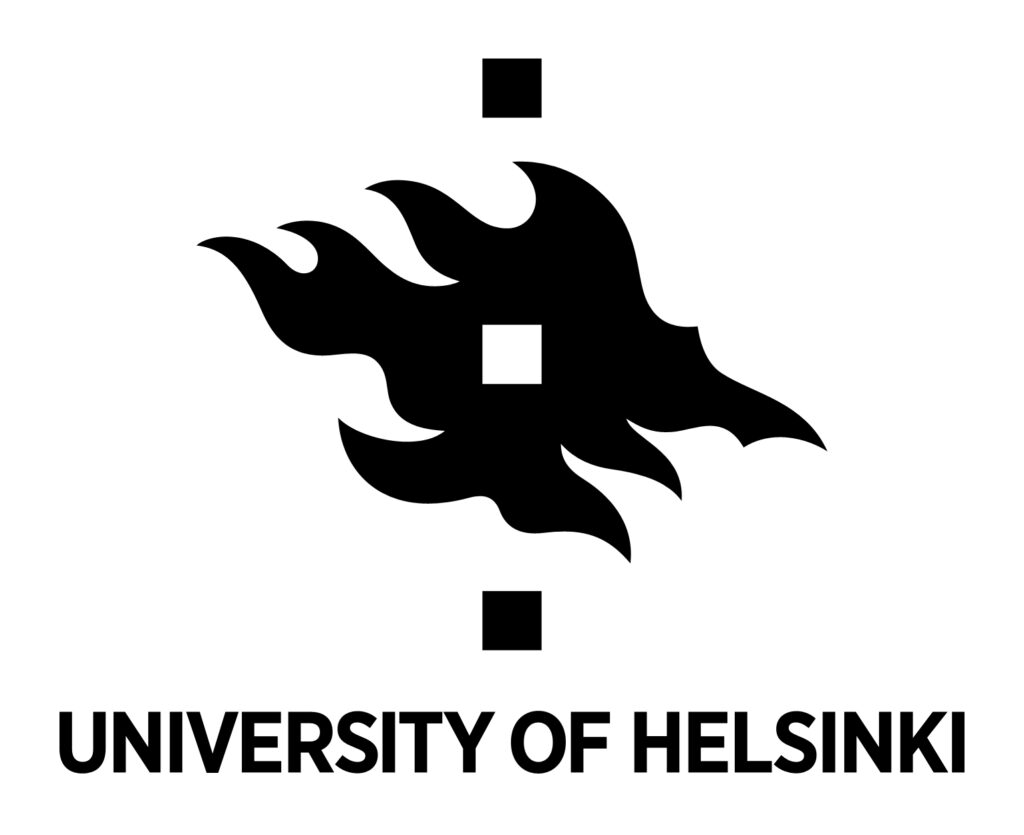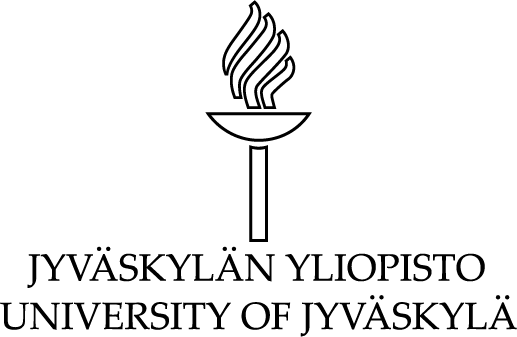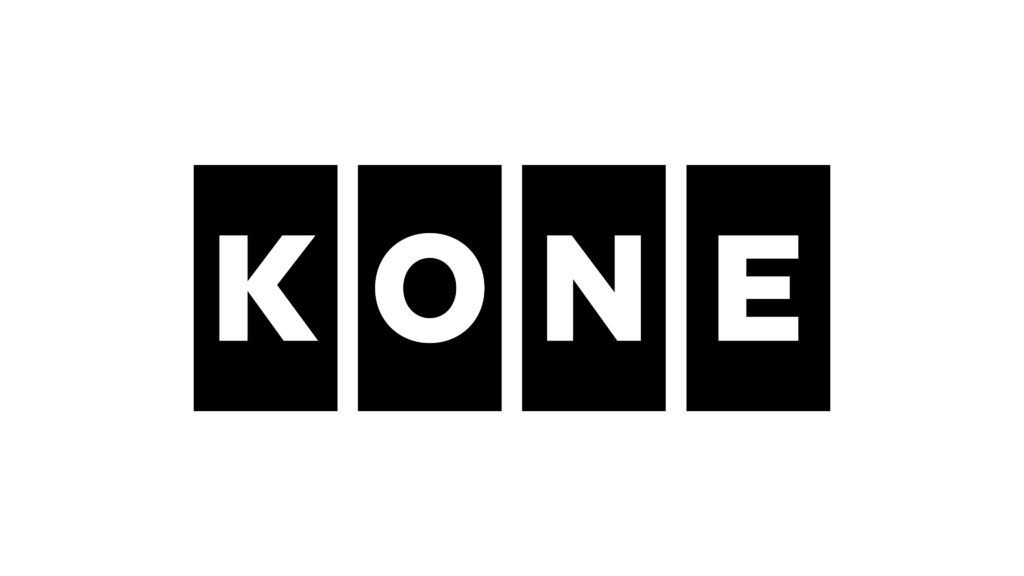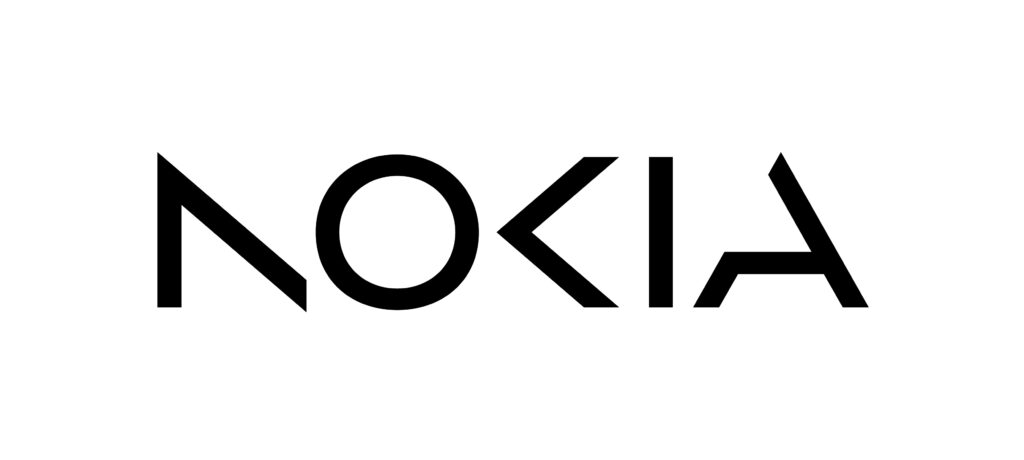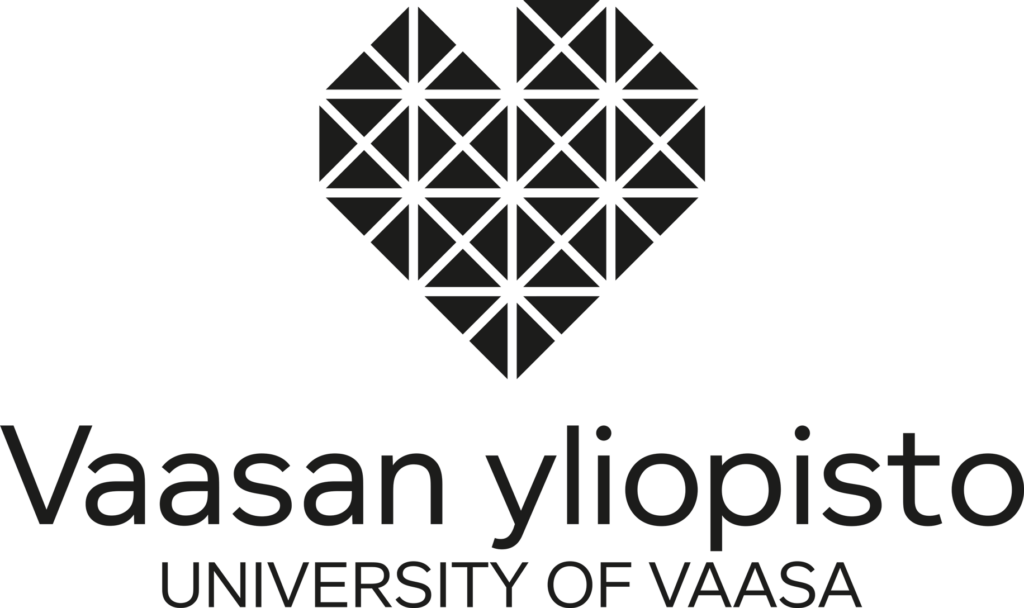Blog: Why Greater Equality is Needed in Technology – and How to Achieve it
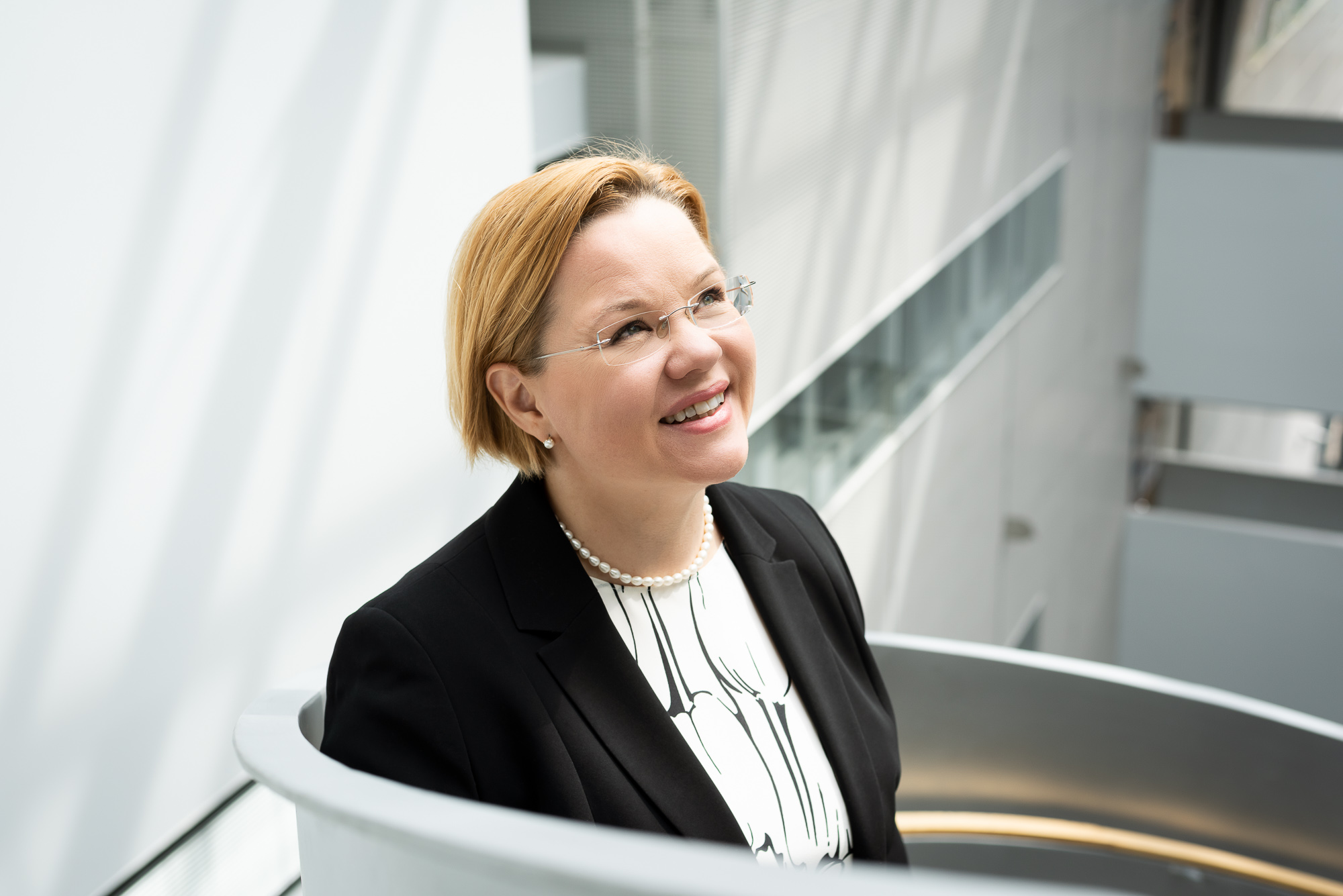
A while ago, I was leaving my six-year-old daughter’s day-care centre, leisurely reading the upcoming monthly programme. Then I stopped abruptly and turned around. “In March, boys will research space,” the programme read. “Girls will learn expression skills”.
“In my experience as a professor of space physics, it is men who need the expression skills while women need to be encouraged into the field!” I shouted at the poor day-care staff.
While I’m not proud of the yelling, I still can’t believe what had been written – in Finland – a country highly reputed for gender equality.
According to UNESCO, women constitute 17.5% of the global workforce in technology-related fields, while around 30% choose science, technology, engineering, and mathematics (STEM) fields as major subjects to study. The World Economic Forum’s recent Global Gender Gap Report found that in engineering, women make up 20% of employees, and just 14% in cloud computing. Shockingly, this bias is larger in developed countries, and has been named “the gender equality paradox”. Girls are free to choose, but seem to dodge STEM.
“So what? It’s biological,” say some, and mention a young female relative who plays with dolls. This is a flawed argument – there is no certain path from dolls to rejecting STEM fields.
Gender-representation bias within STEM will cause society big problems. We are facing enormous, even existential challenges to our planet’s wellbeing and our continued life on it. Technology, in many ways, has accelerated such problems, including climate change and pollution. But technology is also our ticket out of the current mess. And we need lots of different brains and viewpoints to find new ways to deal with the issues facing us. Women are vital in this.
A female viewpoint can be key to creating effective new health products, gadgets, improved means of transport or infrastructure. We are likely to come to rely more and more on artificial intelligence and automation in the future, to help us work more efficiently and sustainably. But, currently, the algorithms and technology behind such innovations often have unintentional gender bias, because they are based on biased data. This already leads to consequences such as a good candidate’s job application being rejected by computer-driven selection processes.
There is also overwhelming evidence that workplaces thrive when all genders are present. One study found that inclusive teams make better decisions 87% of the time and decisions made and executed by diverse teams get 60% better results. McKinsey research discovered that companies with strong diversity are up to 25% more likely to have above-average profits.
From my own field, there’s only one space environment modelling group in the world led by a woman – my group. We have developed the planet’s most accurate simulation for space weather running on the world’s largest high-performance computing facilities and supercomputers. I was told, by the way, that this kind of simulation is impossible. Well, now it’s up and running, marking a paradigm shift.
So what should we do about narrowing the gender gap in STEM?
Imagine following a path throughout your career, where you struggle uphill, while your colleagues breeze along a flatter route with ease. Unconscientious bias and stereotypes are frequently to blame and they get applied at a very young age.
Inadvertently, I think I did my daughter a favour by shouting at the day-care staff. It really taught her to pay attention to hidden stereotypes (“this is a way to get Mum mad!”). We need to open our eyes, look around and identify gender bias far more. Wherever we see it, we must point it out and, if necessary, get angry.
I actually went so far as to write a children’s book, The Princess, the Lion and the Secret of the Universe, with a friend, Elina Hiltunen. It’s about two female characters, a princess and a lion, who discover the laws of nature. The book emphasises that not only can girls be brilliant in the STEM fields, but they also don’t have to fit into predefined boxes– they can be princesses or lions!
We need to celebrate the women already working in STEM more. Make them role models.
When a girl is growing up, numerous events in her life, including pictures in physics books, news articles and the like unconscientiously build a picture of what is normal and what she should do in the future. Marie Curie is probably the only notable woman you’ll find in most science books. But what about visionary 18th century physicist Émilie du Châtelet or Frances Arnold who won the 2016 Millennium Technology Prize for her work on directed evolution, followed by the Nobel Prize for Chemistry? Their stories should be told in books and on the media much more frequently to emphasise that it’s perfectly legitimate for a girl to choose STEM.
The Millennium Technology Prize community is doing our bit to get more STEM women role models. By expressing the need of equality in our call for nominations, a reasonable 28.1% of entries for the 2022 award are led by women. That compares to just 9.9% female representation in 2020.
But there is still a huge amount to do and working every day to identify and call out gender bias should be a priority for everyone working in STEM, everywhere in the world.
Written by Minna Pamroth
Professor Minna Palmroth leads the Space Physics Research Group at the University of Helsinki and is chair of the board at the Technology Academy Finland (TAF). TAF oversees the global Millennium Technology Prize, a €1 million biannual award recognising technological innovations for a better life. This includes work that improves human well-being, biodiversity and wider sustainability.
The 2022 Millennium Technology Prize will be announced and awarded in Finland on 25 October 2022. The 2022 Millennium Innovation Forum is on 25–26 October 2022.
Follow us on Facebook, LinkedIn, Twitter and Instagram for more information, updates and great content. Or sign up to our newsletter.




